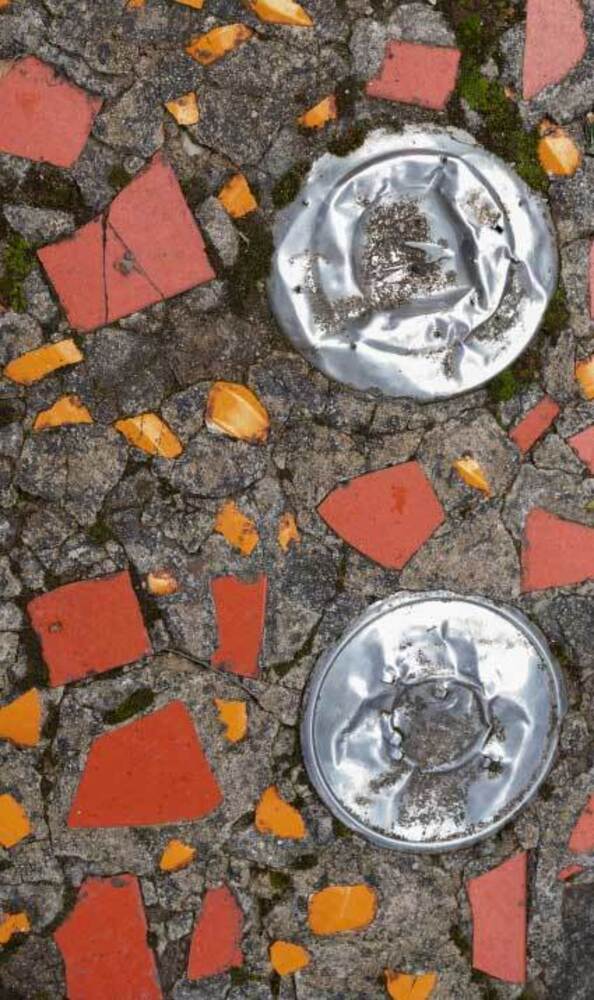
Nouveau Réalisme, New Dada and poetics of the object
The 1960s were the years of the economic boom. The United States and Europe walked in parallel but had similar requests. In America, the New Dada, which recalled Dadaism, reconsidered the object that became standardised. In Europe, there was the Nouveau Réalisme theorised by Pierre Restany that included: objects accumulation by Arman, compression of cars, bikes and machinery by César, and robotic artwork that self-destructs by Tinguely.
The car as an art subject also recurs in other artists of that period: in the United States, John Chamberlain transformed cars into artworks; in Italy, Ettore Colla used car parts to make human figures.
Compared to the New Dada, Nouveau Réalisme suggests a more intimate research. The first one overlaps pure, semi-processed materials (plastic, wood, metal); the second one brings inside the artwork also the history of the object. Knowing the function of an object before its artistic recontextualisation may be disorienting, as it happened with the urinal reinterpreted as a fountain by Duchamp.
Brajo Fuso had fun while making artworks and he also intercepted the art history of his period. In his Cromoggetti, he included and assembled poor and waste material. He was was line with both New Dada by Rauschenberg, Nouveau Réalisme and the poetics of the object. The critic Giulio Carlo Argan would define his work as Débris Art (Trash art, the art of recycling).






